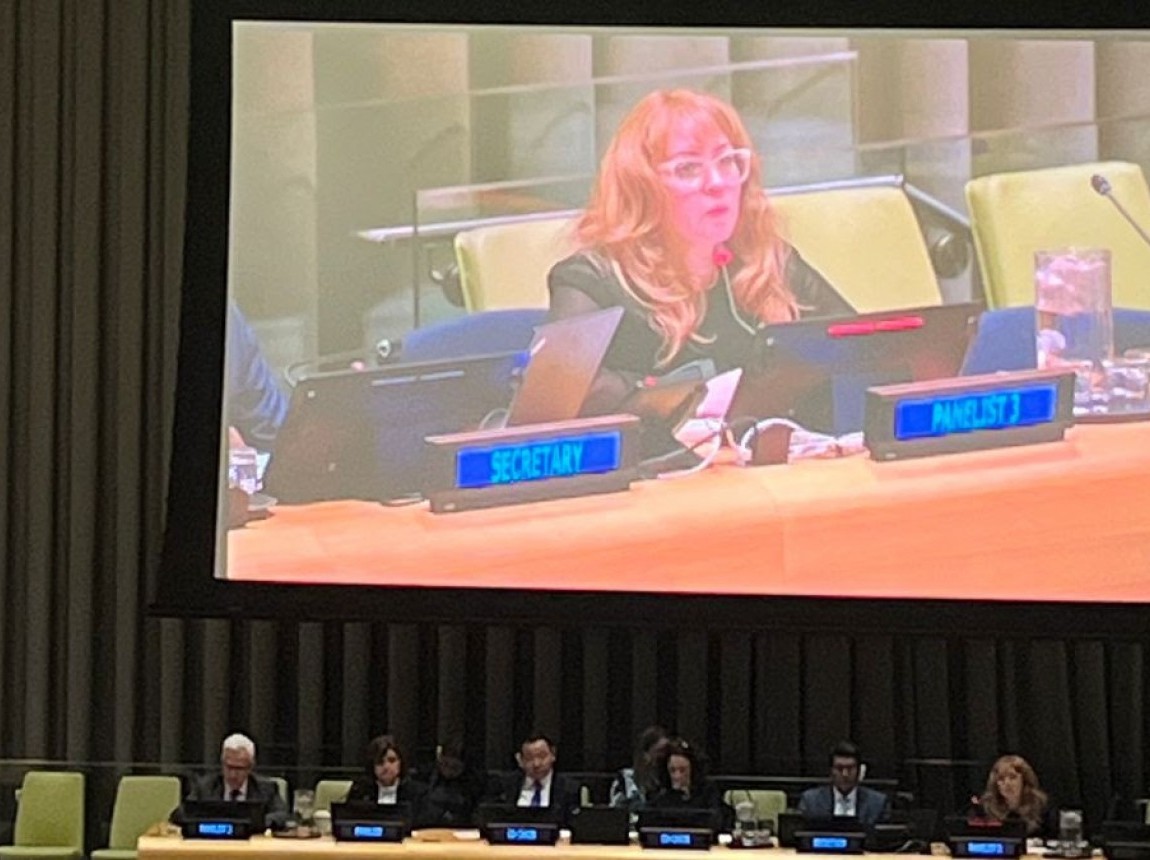Related

Dec 04,2025
Meredith Dank at the UN General Assembly
to Combat Trafficking in Persons
more on:
trafficking

May 15,2024
Meredith Dank Releases Reports on First-of-Kind
Human-Trafficking Studies
more on:
trafficking

Background
Human trafficking is a global public health issue that is associated with serious short- and long-term morbidity. To address and prevent human trafficking, vulnerabilities to human trafficking and forces sustaining it need to be better understood among specific subpopulations. We aimed to explore risk and protective factors for human trafficking, the health impact of exploitation, and barriers and facilitators of seeking help throughout the human trafficking trajectory among forced labor and sex trafficking victims in Kampala, Uganda.
Methods
Between March and November 2020, in-depth, semi-structured qualitative interviews were conducted with 108 victims of forced labor and sex trafficking who had completed a human trafficking survey conducted by the Uganda Youth Development Link (UYDEL). Participants who experienced various forms of exploitation were purposively invited for qualitative interviews and a convenience sample was interviewed. Interviews explored personal history, trafficking recruitment, experiences of exploitation and abuse, and experiences seeking help. Interviews were analyzed using a combination of deductive and inductive thematic analysis. Themes and subthemes were organized using an adapted conceptual framework of human trafficking.
Results
Poverty and an abusive home life, frequently triggered by the death of a caretaker, underpinned vulnerability to human trafficking recruitment. Limited education, lack of social support, and survival needs pushed victims into exploitative situations. Victims of human trafficking were systematically exploited and exposed to dangerous working conditions. Victims suffered from sexually transmitted diseases, incontinence, traumatic fistulae, musculoskeletal injuries, and mental health symptoms. Lack of awareness of resources, fear of negative consequences, restrictions on movement, and dependence on the trafficker and exploitation income prevented victims from seeking help. The police and healthcare workers were the few professionals that they interacted with, but these interactions were oftentimes negative experiences.
Conclusions
To address and prevent human trafficking, localized interventions are needed at all stages of the human trafficking trajectory. Health impacts of human trafficking are severe. As some of the few professionals trafficking victims interact with, police and healthcare workers are important targets for anti-trafficking training. Improved understanding of human trafficking drivers and barriers and facilitators to seeking help can inform the design of necessary interventions.
Please fill out the information below to receive our e-newsletter(s).
*Indicates required.